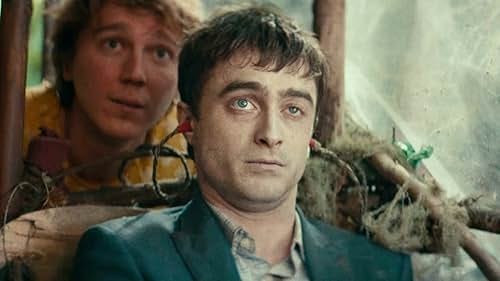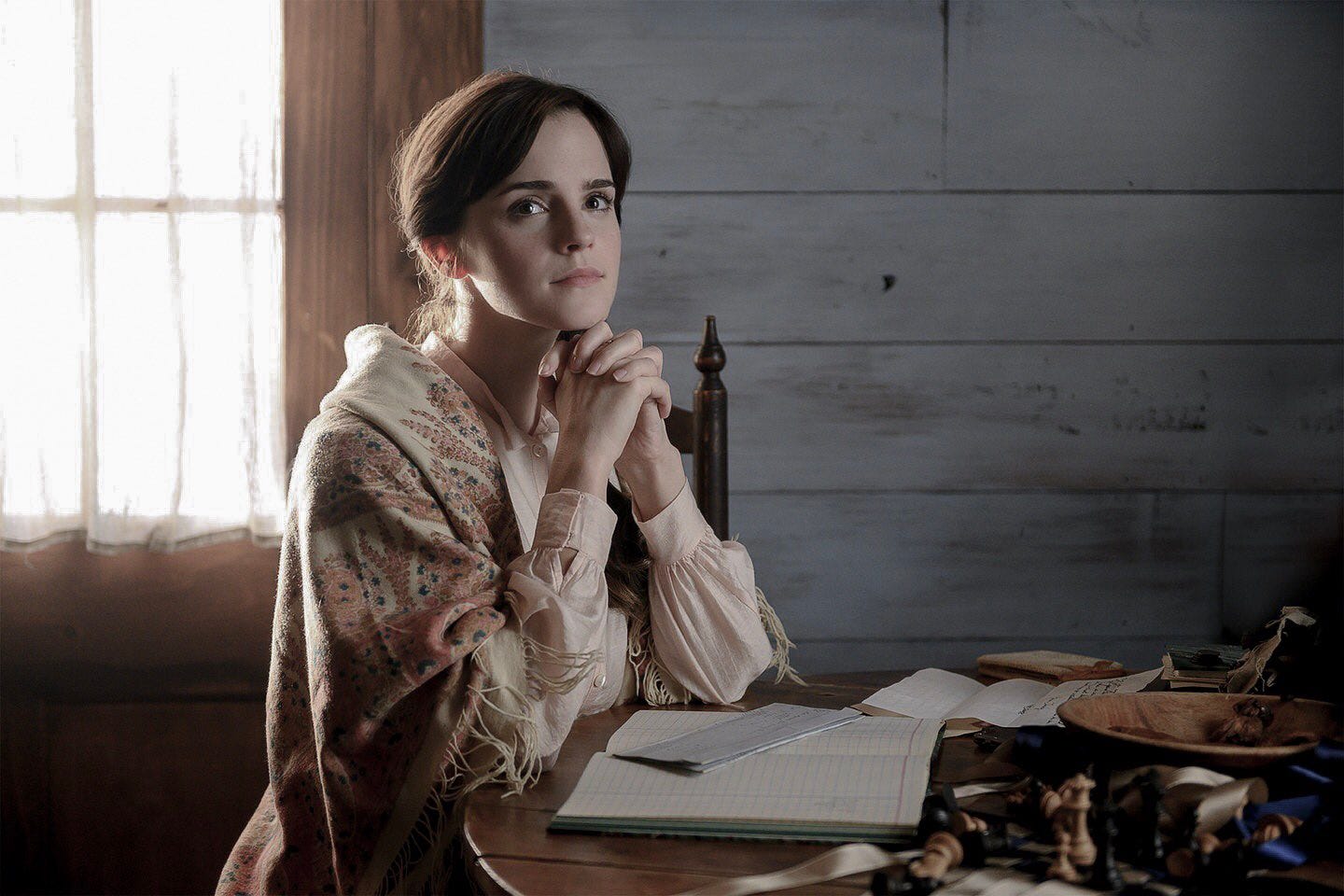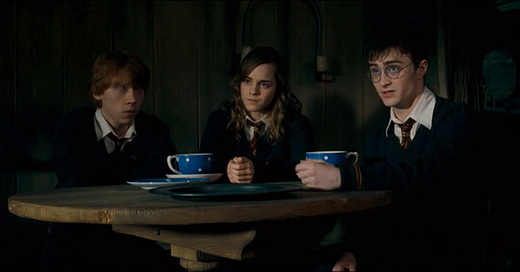Let me begin this piece with a statement of intent. You will find no JK Rowling apologia here. The woman is an unrepentant bigot who has materially harmed the lives of thousands of trans people in the UK and worldwide. The world will be a better place when she no longer walks its surface. She also created one of the most enduring characters and settings of the 21st century. No matter where you stand on Rowling or her work those two points taken together require reckoning with. Those who hate her must reckon with the fact that her work endures in the world. Those who love her must reckon with the fact that people like me think she’s a monster.
There are many people out there who have made good work that spoke to us, sat with us, and maybe even shaped who we are who have gone on to reveal themselves to be monsters. “What do we do with those conflicting feelings?” has possibly been the philosophical question surrounding art and artists for my lifetime. I cannot say I have the answer, but I have an answer that works for me, and so I will share it.
When confronted with the work of a monster, I ask myself two questions: First, does my consumption of this person’s art materially support them in a way that allows them to continue their monstrous behavior? For example: I find the accusations of sexual assault by Michael Jackson to be entirely plausible. The man ruined the lives of several young men and I pray that those men know peace within their lifetimes. Michael Jackson, however, is dead. No matter how many times I stream Off The Wall while I’m doing dishes Jackson himself will remain far too dead to be able to use those nickels of revenue I’m sending to his estate to harm anyone else.
Rowling has explicitly said that she intends to use her considerable wealth and influence to actively pursue legal cases that will make the lives of trans people miserable. With this in mind, you will not catch me dead going to the Wizarding World of Harry Potter at Universal Studios, watching the new Harry Potter show on HBO Max, or streaming or renting or buying new copies of any existing Potter work. I cannot recommend that you do either. If reading this essay causes you to wish to re-examine this work, please, I beg of you, pirate a copy or if you must, get a physical DVD from your local public library, do not give this awful woman even a nickel of your hard earned money. I own a DVD of this film, purchased at a time when the worst that could be said of her work was that it was a little corny. Even if I were to destroy it, I can’t get those few dollars that went into her pocket back, so there is no material harm in me putting this disc on to take it in as a historical curio. So that’s what I did.

Harry Potter and the Order of the Phoenix is the fifth entry in the Harry Potter series. It is the one where Harry (Daniel Radcliffe), having freshly witnessed the physical resurrection of the evil wizard Voldemort (Ralph Fiennes), finds himself gaslit by the vast majority of the wizarding world who insist that it simply hasn’t happened, most notably by his new teacher, the eminently polite, outwardly pleasant, and downright evil Dolores Umbridge (Imelda Staunton). Having been neutered by the Hogwarts faculty, Harry starts an underground magical self-defense club so that his fellow students can fight back in the event of evil wizards… or something. I can’t really remember. To be honest, I mostly stopped paying attention to this film about a half-hour in. I’ll tell you why.
The second question I ask myself when presented with the work of an artist revealed to be a monster isn’t even so much a question as a feeling. “Can I even experience this as a work of art? Or is their art the second line in their biography after their monstrous deeds?” I’ll give you an example. When I first started learning about the earliest forms of American Country music I learned about the California King of Western Swing, Spade Cooley, and his incredibly influential career. At the same time I learned about his music I also learned about the grizzly details of how he murdered his estranged second wife Ella Mae Evans. The result is that the category in my mind when I think about Spade Cooley is “man who committed a terrifying murder” first, and “musician” second. It’s no different to me than trying to appreciate the merits of Charles Manson’s songwriting or John Wayne Gacy’s paintings. When this happens my internal monologue is exactly the same as Boston Globe columnist Renée Graham when she was asked by W. Kamau Bell in his documentary We Need To Talk About Cosby (2022) what she thought about the documentary’s subject.
“He’s a rapist.” (pause) “Who had a really big TV show once”
That’s how my mind apparently now works with Rowling.
“She’s a bigot.” (pause) “Who had a really big book series once”
I cannot engage with Rowling’s art. My mind simply slips away from it like I’m trying to climb a greased metal pole. Any kind of meaning or intent or greater sense of what the story is trying to tell me eludes me. All I can think about is my trans siblings who are out in the world doing amazing things who just want to be left alone to eat tacos and watch anime and make Columbo jokes, but whose existence has been rendered into a perpetual struggle because of powerful people who refuse to recognize their humanity. I cannot think of this woman or anything related to her without thinking about how she wants my friends to not exist.

My thoughts watching the film was literally a parade of wishing I were doing anything else with my time. “There’s Brendan Gleason! He was great in Banshees of Inisherin (2022). I should rewatch that sometime.” “Ralph Fiennes’ makeup sure renders him unrecognizable. I could just turn this off and watch the first half-hour of The Grand Budapest Hotel (2014).” “When exactly did Helena Bonham-Carter turn from period-piece romantic lead into goth queen? I should stop watching this immediately and watch her complete filmography in order until I find out.”
I had every intention to write an essay about how Dolores Umbridge hits different in 2025 in a post Brexit world. I wanted to talk about what Voldemort means in the Trump era. I just can’t. It just feels like talking about Albert Speer’s transit plan without engaging with the fact that his boss was Adolf Hitler.
I’m not telling you to not watch your old Harry Potter DVDs. I’m just telling you that I can’t anymore.
Rating: ☆☆☆☆☆ 🫥
Economics: Harry Potter in many ways is the John The Baptist to the MCU’s Jesus. The films were incredibly reliable hits and Warner Brothers could easily rely on a new one coming out every year or two and turning a rather substantial profit. Unlike predecessors like the Lord of the Rings series, Potter had a guaranteed seven films in it (which of course ballooned into eight) due to the nature of the story being told, pushing it beyond simple trilogy status and brushing into megafranchise territory. Harry Potter and the Order of the Phoenix opened at number one at the box office 18 years ago today, on July 13, 2007 ahead of Transformers in its second week of release. It would go on to make $937 million at the worldwide box office and $236 million in DVD sales against a $150 million budget. Every one of the original eight Potter movies made similar money against a similar budget, with the worst performing (Harry Potter and the Prisoner of Azkaban) making $786 million worldwide, and the best performing (Harry Potter and the Deathly Hallows pt II) making $1.3 billion worldwide. Warner Brothers remains morally bankrupt for continuing to work with Rowling. May David Zaslav attempt to pass through the eye of a needle with his camels laden with cash when he meets his maker.
Other 2007 films visited this week:
Talk To Me: Don Cheadle, Chiwetel Ejiofor, and Taraji P Henson costar in a biopic about Washington, DC radio DJ and comedian Petey Greene, one of the earliest figures in the “shock jock” movement. Greene’s moment came in the late 60s, and this film does a spectacular job of being a time capsule back to this decade. The wig work alone deserves an academy award. Something must have been in the air, as Mad Men would debut six days later. The film falls into a few biopic clichés, but due to its subject being a lesser known figure than, say, James Brown or Elton John or something, it can absolutely get away with it, as the audience isn’t waiting for familiar beats of a universally beloved artist’s career. Cheadle is hilarious, his interplay with his costars is electric, and we get a wonderful supporting role in Cedric The Entertainer as a fellow DJ named “Nighthawk” who is (unlike this year’s Codename: The Cleaner) actually entertaining. ★★★★☆
Interview: Steve Buscemi directs and stars in a film about a political journalist named Pierre Peters who is tasked with the “embarrassing” task of interviewing an on-the-rise film and TV star named Katya (Sienna Miller). What starts as an awkward instance of two people who clearly don’t want to be in the same room as each other having a stilted conversation turns into a stunningly intense and gripping piece of cinema as the film unfolds. This would easily win my “most intense movie about two people in a room talking to each other” award for the year but for the fact that the most intense movie about two people in a room talking to each other of all time came out earlier this year (Bug). Still: absolutely worth your time. At least one character’s entire conception of themselves is wrecked by the film’s conclusion. It’s great. Bonus points to Buscemi for casting James Franco as Katya’s boyfriend, a figure we never see onscreen and only experience as a muffled voice on the other end of various cell phone calls, truly the perfect role for him. ★★★★☆






